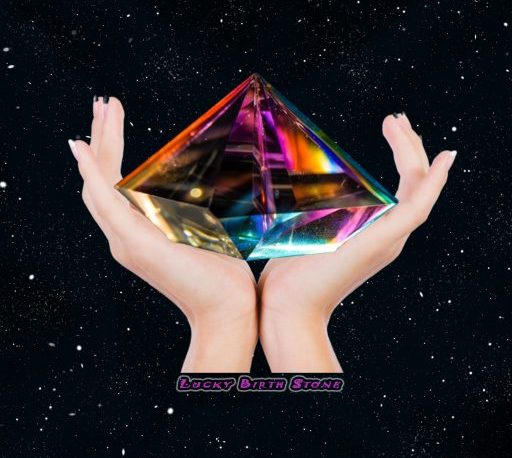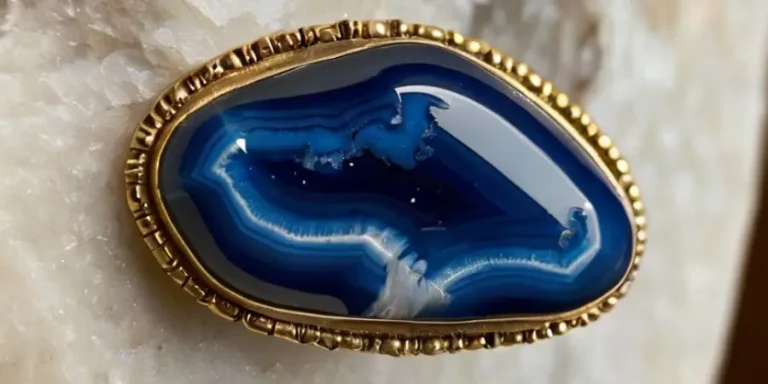Types of Turquoise Unveiled: A Comprehensive Guide
Turquoise is a mesmerizing gemstone that has captured the hearts of jewellery enthusiasts and collectors for centuries. With its distinct blue-green hues, this gemstone has a timeless allure that makes it a popular choice for various accessories. However, not all turquoise is created equal. In this comprehensive guide, we will delve into the fascinating world of turquoise, exploring its types, characteristics, and how to make an informed purchase with confidence.
What is Turquoise?
Let’s start with the basics. Turquoise is a mineral known for its stunning blue and green colours, often found in combination. Its name is derived from the French word for “Turkish,” as the stone was first brought to Europe from Turkey. Belonging to the phosphate mineral group, turquoise is formed when water containing minerals like copper and aluminium reacts with rocks such as volcanic ash.
Types of Turquoise

1. Persian Turquoise
Persian Turquoise holds a special place in the world of gemstones. Mined primarily in Iran, formerly known as Persia, this type of turquoise is renowned for its intense sky-blue colour with minimal matrix (veining). Moreover, The scarcity of Persian turquoise has elevated its value, making it a prized possession among collectors.
2. Sleeping Beauty Turquoise
However, Named after the Sleeping Beauty Mine in Arizona, Sleeping Beauty Turquoise is celebrated for its vivid blue colour with little to no matrix. So, This type of turquoise is often favoured in contemporary jewellery designs for its clean and consistent appearance. Unfortunately, the Sleeping Beauty Mine closed in 2012, making this turquoise increasingly rare and sought after.
3. Kingman Turquoise
Hailing from the Kingman Mine in Arizona, Kingman Turquoise is known for its diverse range of colours, including blue, green, and sometimes even a reddish-brown matrix. This versatility makes it a popular choice for artists and jewellery designers. The Kingman Mine is one of the oldest and largest turquoise mines in the United States, contributing significantly to the gemstone market.
4. Chinese Turquoise
In recent years, Chinese Turquoise has gained prominence in the market. Thus, China produces turquoise in various colours, from deep green to vibrant blue. The Chinese turquoise market offers a wide range of options at different price points, catering to both collectors and those looking for affordable yet beautiful jewellery.
5. Mexican Turquoise
Mined in regions like Sonora and Zacatecas, Mexican Turquoise boasts a unique appearance, often featuring a beautiful green hue. Some Mexican turquoise also displays intricate matrix patterns, adding character to the gemstone. Moreover, Mexico’s turquoise production has been steadily increasing, making it a noteworthy player in the global turquoise market.
Assessing Turquoise Quality
Now that we’ve explored the different types of turquoise, let’s dive into the factors that contribute to the quality of this enchanting gemstone.
Colour
The colour of turquoise is a crucial factor in determining its value. Vivid and saturated blue hues are generally more desirable, with less matrix enhancing the stone’s appeal. Persian turquoise, known for its intense blue colour, often sets the standard for excellence in this regard.
Matrix
Matrix refers to the veining or patterns within the turquoise. While some individuals prefer a clean and matrix-free appearance, others appreciate the uniqueness that matrix brings to the stone. Kingman Turquoise, with its diverse matrix patterns, caters to those who appreciate a more intricate and distinctive look.
Hardness
On the Mohs scale of mineral hardness, turquoise typically ranges from 5 to 6.So, This makes it prone to scratches and abrasions. To preserve the beauty of your turquoise jewellery, it’s advisable to handle it with care and avoid exposing it to harsh chemicals.
Making an Informed Purchase

Now that you’re equipped with knowledge about the types and qualities of turquoise, let’s discuss how to make an informed purchase.
Research and Education
Before making a purchase, invest time in researching the specific type of turquoise you’re interested in. Understand its origin, characteristics, and market value. Reliable online resources and gemology websites can provide valuable insights. Gemological Institute of America (GIA) is a reputable source for gemstone information.
Authentication and Certification
Ensure that the turquoise you’re considering comes with proper authentication and certification. Reputed gem laboratories, such as GIA and International Gemological Institute (IGI), can provide certifications verifying the authenticity and quality of the gemstone.
Check for Treatments
Turquoise is sometimes treated to enhance its colour or durability. Common treatments include stabilization and dyeing. While treated turquoise can still be beautiful, it’s essential to be aware of any enhancements. Trustworthy sellers are expected to share this information, enabling you to make a knowledgeable decision.
Consider the Setting
The setting of your turquoise jewellery can significantly impact its overall aesthetic. Whether it’s a classic gold setting or a modern silver design, choose a setting that complements the unique characteristics of the turquoise. Pay attention to craftsmanship and ensure the setting enhances the beauty of the gemstone.
Buy from Reputable Sellers
Choose reputable sellers with a track record of selling genuine and high-quality gemstones. When selecting where to make your purchase, prioritize vendors with a solid reputation in the industry. Look for sellers known for consistently offering authentic and top-notch gemstones. A history of customer satisfaction and positive testimonials is a good indicator of a reputable seller. Furthermore, established platforms with transparent business practices, such as online marketplaces with detailed product descriptions and certifications, can provide added assurance in your buying decision. Always take the time to research and verify the credibility of the seller to ensure a secure and satisfactory gemstone purchase.
Read Customer Reviews
Additionally, Customer reviews can provide valuable insights into the reputation of a seller and the quality of their products. Platforms like Trustpilot and Better Business Bureau (BBB) are excellent resources for reading reviews and ensuring a positive buying experience.
Conclusion: Embrace the Beauty of Turquoise
In conclusion, turquoise is a gemstone that transcends time and trends. Its unique types and qualities offer a diverse range of options for jewellery enthusiasts. Whether you’re drawn to the rich history of Persian turquoise, the contemporary elegance of Sleeping Beauty turquoise, or the vibrant colours of Chinese turquoise, there’s a turquoise variety to suit every taste.
Armed with knowledge about turquoise types and qualities, you can confidently navigate the market, making informed decisions when purchasing this captivating gemstone. Remember to conduct thorough research, seek certifications, and buy from reputable sellers to ensure a rewarding and satisfying turquoise-buying experience.
So, go ahead, embrace the beauty of turquoise, and let this timeless gemstone become a cherished part of your jewellery collection. Happy shopping!







